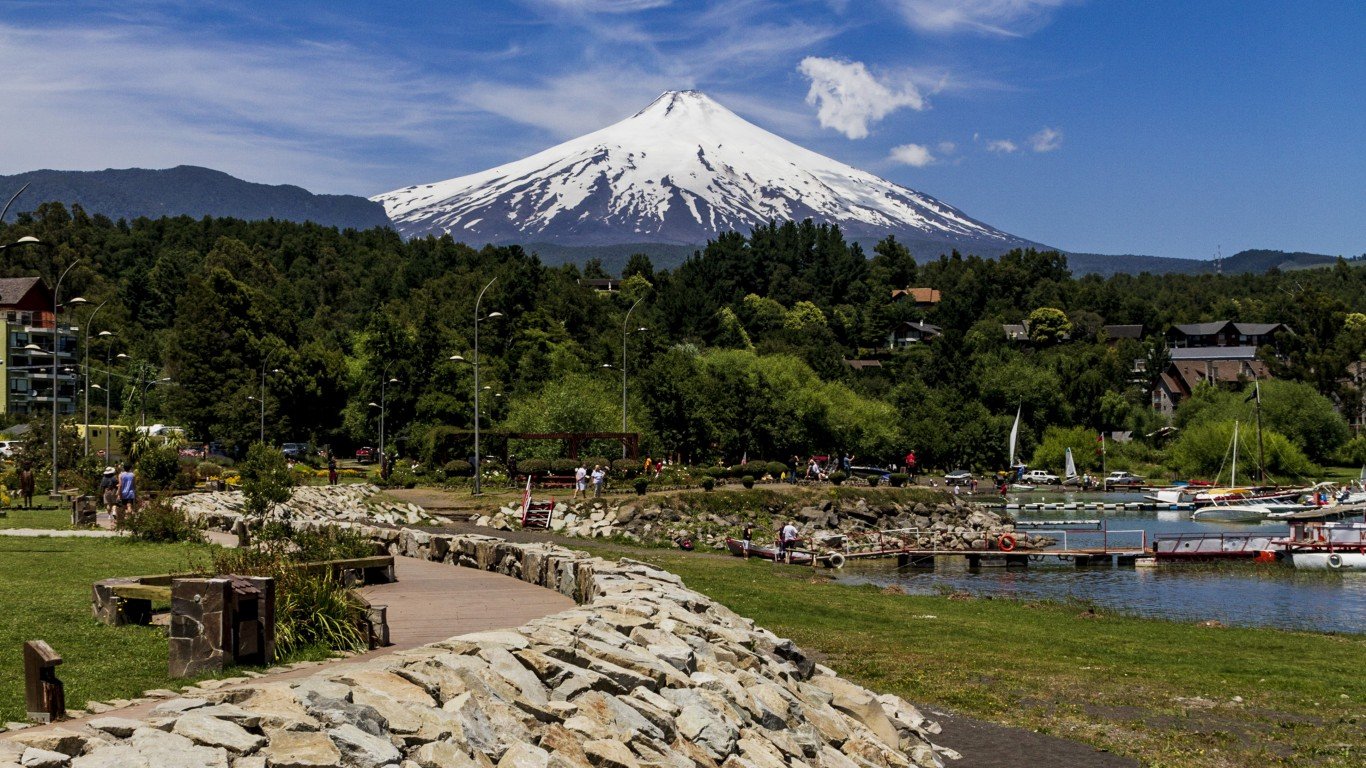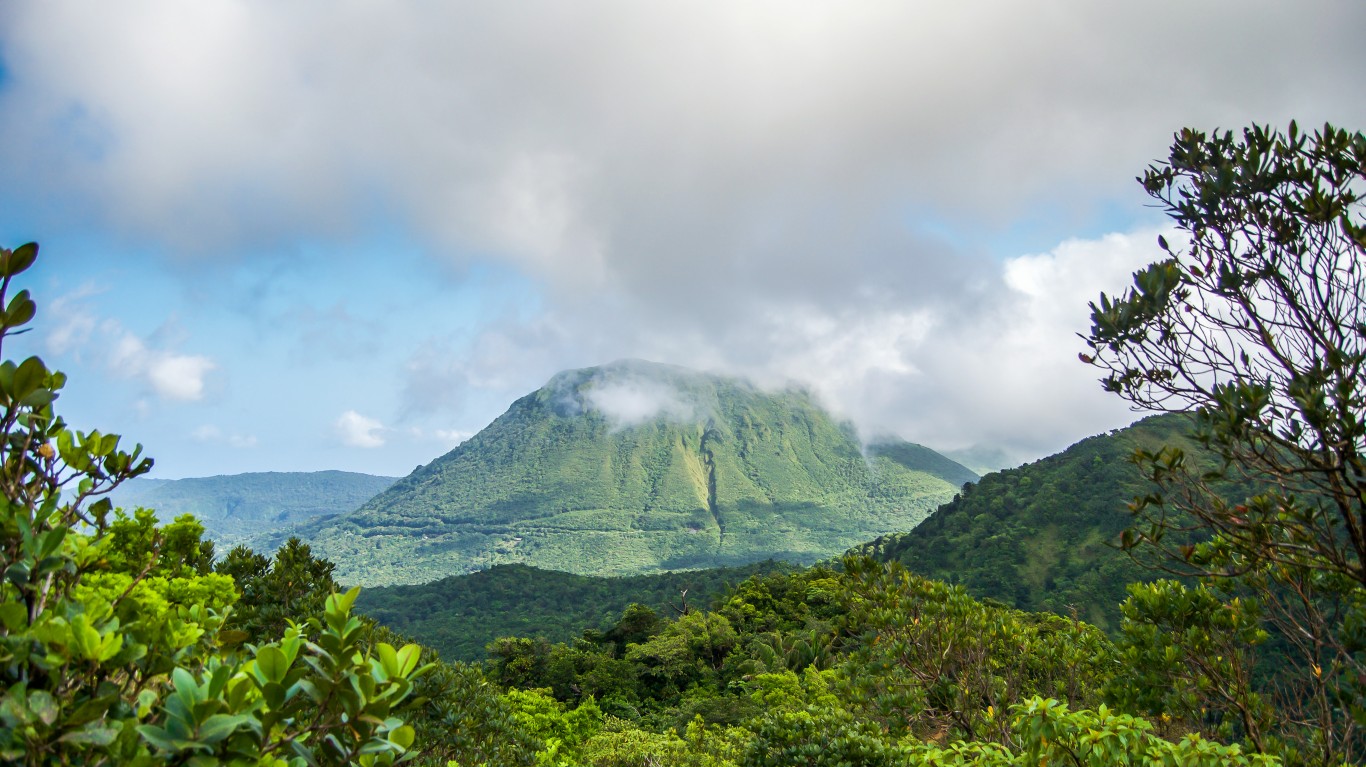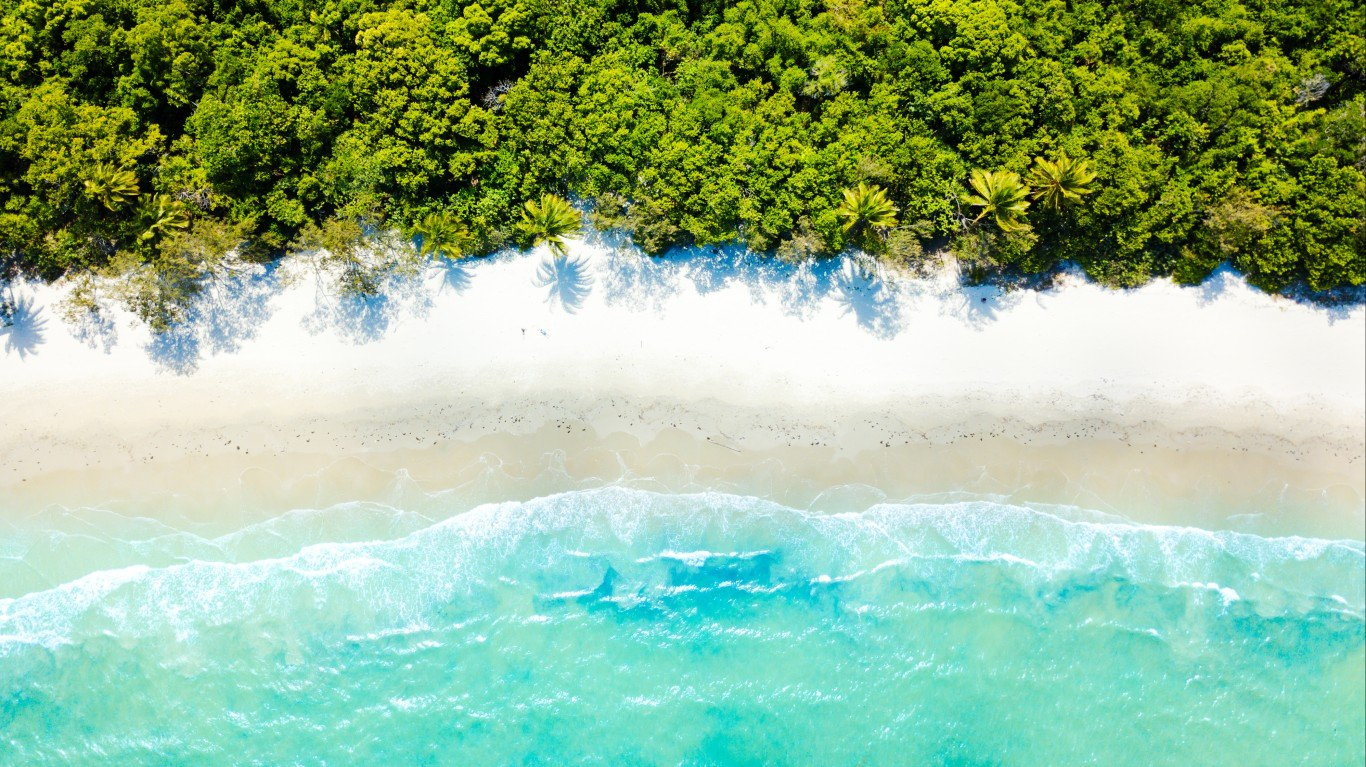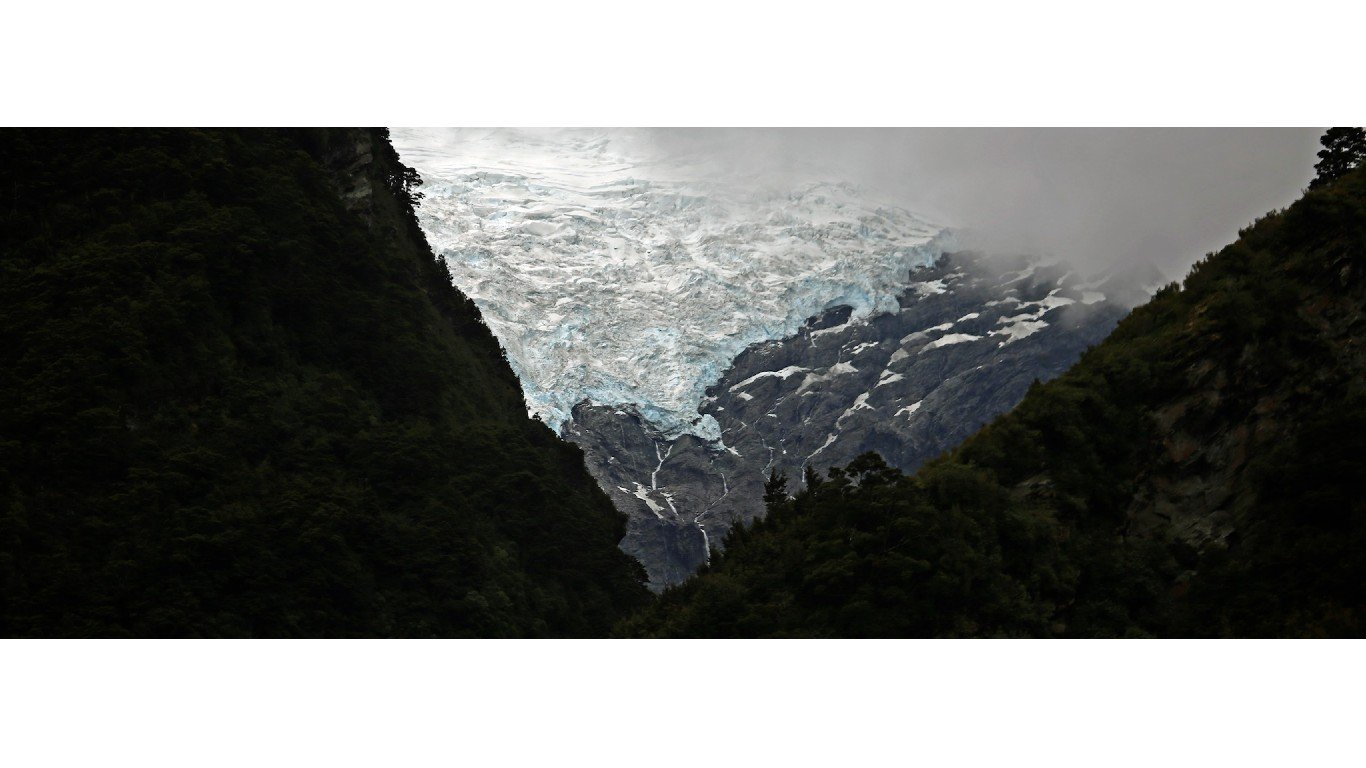
Villarrica
> Location: Southern Chile
One of South America’s most active volcanoes, Villarrica draws adventurous hikers, who navigate its steep slopes for the chance to peer into the steaming crater, as well as daredevil skiers. Falls and accidents are not uncommon on the steep slopes, and mudflows from eruptions have killed over 100 people.

Boiling Lake
> Location: Morne Trois Pitons National Park, Dominica
At the end of a steep, strenuous hike into an area called the Valley of Desolation, a flooded fumarole boils with scalding hot water. Slippery rocks line the sides of the lake and precipitous drops abound. Despite the danger of the area, the last recorded deaths occurred in 1900, when a sudden release of volcanic gasses asphyxiated two hikers, who then fell to their deaths.

Diamond Bay Reserve
> Location: Vaucluse, Australia
These sheer cliffs and staircases over turquoise waters have been made popular by Instagram influencers, some of whom have fallen to their deaths attempting to take pictures on the ledges. Although there are fences in some areas, young people often climb the fences in order to get a perfect shot.

Cape Tribulation
> Location: North Queensland, Australia
The stunning beaches at Cape Tribulation are rife with dangers including saltwater crocodiles, stinging trees, and wild boars – but the deadliest critters are the box jellyfish, who appear from October through June. Their venom attacks the cardiovascular system and is so potent that it can kill swimmers in minutes or cause them to drown before reaching shore.
Cascade Saddle Route
> Location: Mount Aspiring National Park, New Zealand
This grueling 15-mile trek has the payoff of amazing alpine views, but the narrow and slippery trail has led to many falling deaths. Winter conditions are even more slippery and treacherous, and some have died of exposure as well as drowning while crossing swollen rivers.






